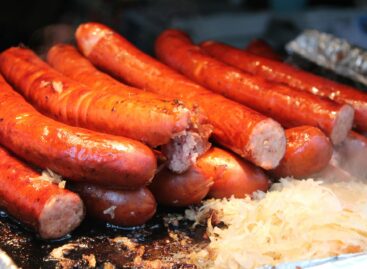Magazine: The year of Hungaricums
In 2013 the Hungaricum Committee (HB) was formed and in 2014 it already signed 135 contracts with Hungaricum manufacturers. The manufacturers of these products are supported from a HUF 145-million budget, to which the Ministry of Agriculture adds another HUF 100 million. Any animal, plant or food product made from them qualifies as Hungaricum which is rooted in Hungarian production culture, expertise and traditions and is considered to be typically Hungarian in both Hungary and abroad. The Hungaricum movement started back in 2000 with the foundation of the Hungaricum Club by Herend Porcelain Manufactory, Pick Szeged, Tokaj Trading House and Zwack Unicum. Széchenyi Plan’s first version also had a Hungaricum chapter, while another initiative, the Traditions, Flavours, Regions (HÍR) programme collected 300 traditional dishes and food products – some of these were later named Hungaricum products. Recently Sándor Fazekas, Minister of Agriculture declared that Hungaricums aren’t meant to be considered as objects in a museum but as parts of everyday life. Currently national values are registered in the Hungarian Value Repository, while Hungary’s greatest achievements are registered in the Hungaricum Collection. Last year county value repositories were established in each county and they were also set up in 346 towns and villages. Private persons and organisations can contact these if they wish to have something registered in the Hungarian Value Repository.
Related news
Related news
The New Year’s Eve fireworks fair is back: temporary sales will start in department store parking lots at the end of December
🎧 Hallgasd a cikket: Lejátszás Szünet Folytatás Leállítás Nyelv: Auto…
Read more >The first Eastern European non-alcoholic beer turns 50
🎧 Hallgasd a cikket: Lejátszás Szünet Folytatás Leállítás Nyelv: Auto…
Read more >Sausage: pork prices are already going down, but they won’t be cheaper in stores – a significant correction may come in the spring at the earliest
🎧 Hallgasd a cikket: Lejátszás Szünet Folytatás Leállítás Nyelv: Auto…
Read more >



